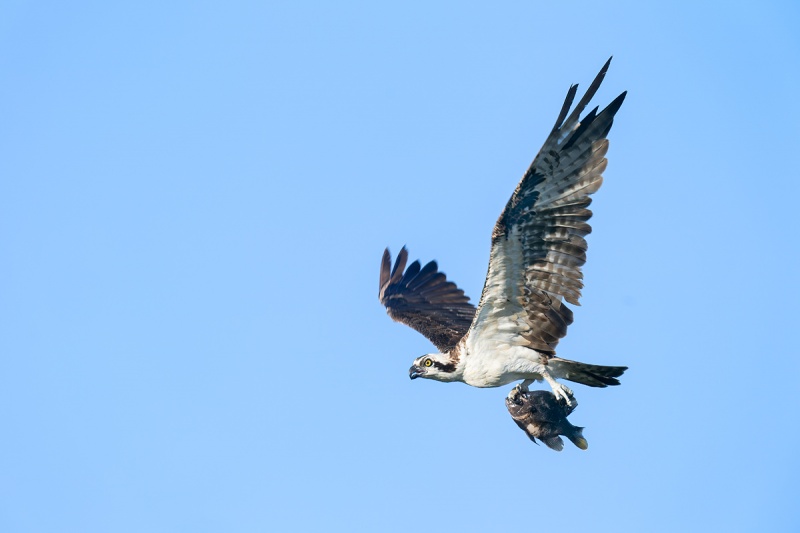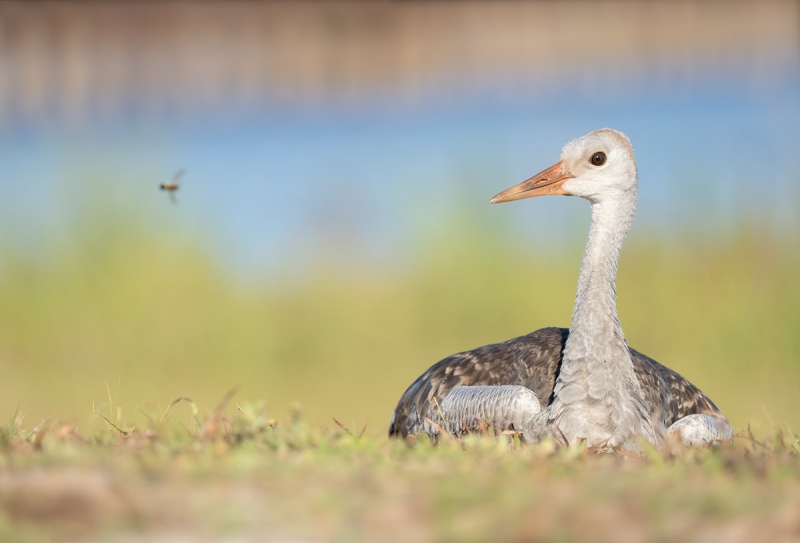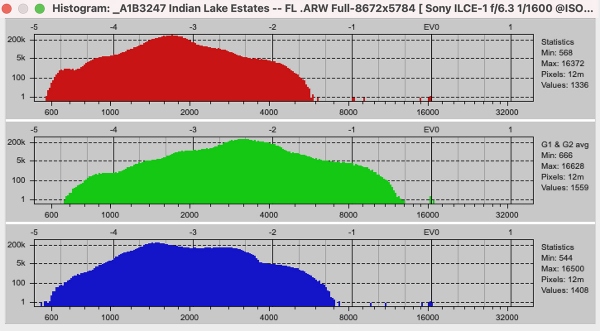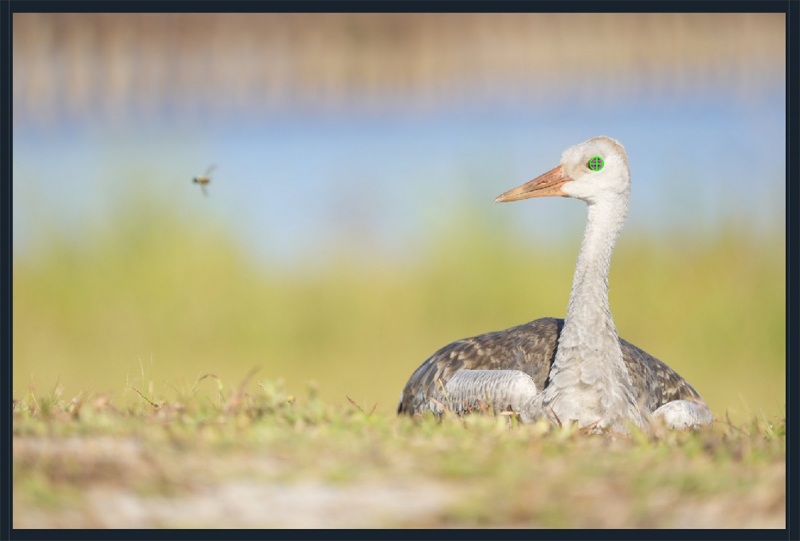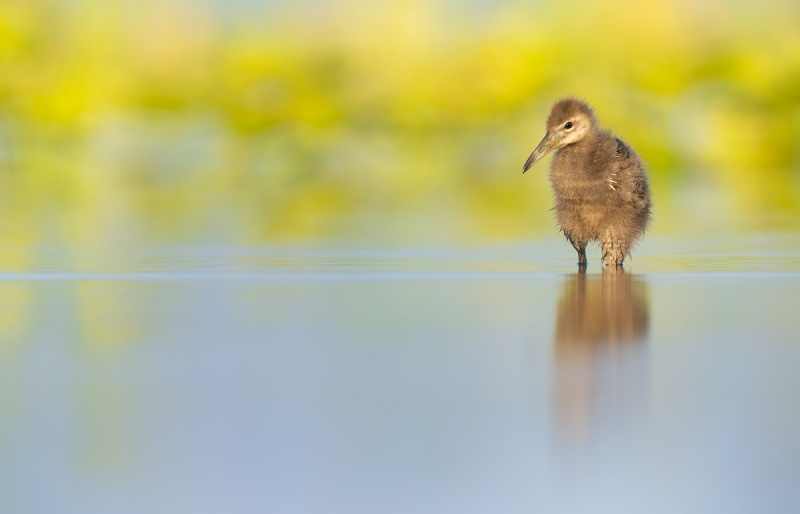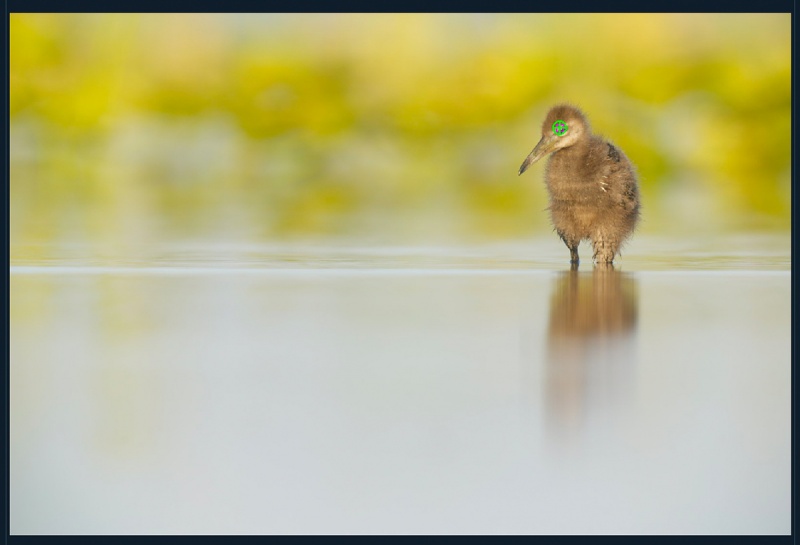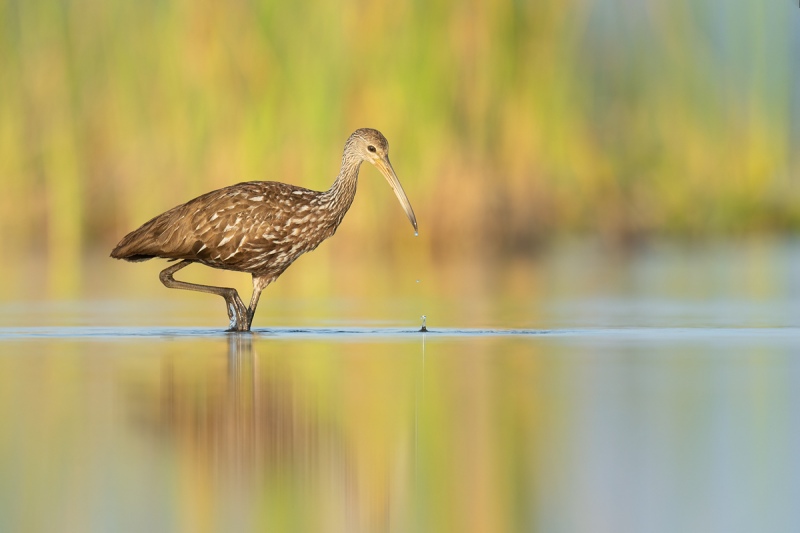What’s Up
On Thursday morning, the forecast for Lake Blue Cypress was for a light southeasterly breeze — very good for flight photography. It turned out to be a light southwest breeze — terrible for flight photography with the birds turning away from us and the light to land. We did find some handsome large chicks in fairly low nests and did well with them.
Then it was home for brunch. Just before 2pm we were off to the North Tampa Rookery. It was hotter than Hades and the air was very still. At times it was sweltering. I did lots of close work on fledgling Tricolored and Little Blue Herons. Around 5:00pm we had some nice light and a huge black cloud in the east as our background. But very few Wood Storks flew where we wanted them too and the wind was often in our face. All in all, it could not have been a bad or boring day: I had 2950 images to go through! (6:15am update: 176 very nice keepers after the first edit. Life is good.)
We had a quick dinner at Chipotle Grill and then headed to our favorite AirBnB for Thursday night. We will photograph at DeSoto this morning (despite the somewhat dire forecast — scattered thunderstorms), We will be heading back to ILE at about eleven. Wherever you are, and whatever you are doing, I hope that you have a great day.
This blog post took about ninety minutes to prepare, and makes 160 consecutive days with a new one. Please remember that if an item — a Delkin flash card, or a tripod head — for example, that is available from B&H and/or Bedfords and is also available in the BAA Online Store, it would be great if you opt to purchase from us. We will match any price. Please remember also to use my B&H affiliate links or to save 3% at Bedfords by using the BIRDSASART discount code at checkout. Doing either often earns you free guides and/or discounts. And doing so always earns my great appreciation.
Wanted to Buy
If you have a Canon 600mm f/4L IS III lens sitting on a shelf and would like to sell it for a fair price, please get in touch via e-mail as I have a seriously interested buyer.
Huguenot Memorial Park and/or Jacksonville Nesting Beaches Info Requested
If you photograph regularly at Huguenot Memorial Park and/or any of the other of the publicly accessible beaches north of Jacksonville that have nesting Laughing Gull, Royal and Sandwich Terns, and possibly Brown Pelican, please get in touch via e-mail or call or text me at 863-221-2372.
Sony a9 ii Mirrorless Digital Camera Body
Multiple IPT veteran Larry Master is offering a Sony a9 ii mirrorless digital camera body in near-mint condition (with a very low shutter count of 2340) for $2998.00. There is a single, almost microscopic scratch on the rear monitor. The sale includes the original box and everything that came in it, along with insured ground shipping via major courier to lower-48 US addresses only. Your new camera will not ship until your check clears unless other arrangements are made.
Please contact Larry via e-mail or by phone at 1-518-645-1545 (Eastern time zone).
As things turned out, the a9 and then the a9 ii turned out to be life-changers for me. From the moment I tracked that first incoming Brandt’s Cormorant, I knew that SONY a9 series bodies featured the world’ best AF. I upgraded to the a9 ii as soon as it was released for the slightly larger body size. At one point I owned two a9 ii bodies. A new a9 ii sells for $4,498.00 so you can save a very nice $1500.00 by grabbing Larry’s a9 ii ASAP. Not to mention that the new Sony A1 sells for $6498.00 … artie
Please Remember
With income from IPTs now close to zero, please, if you enjoy and learn from the blog, remember to use one of my two affiliate programs when purchasing new gear. Doing so just might make it possible for me to avoid having to try to get a job as a Walmart greeter and will not cost you a single penny more. And if you use Bedfords and remember to enter the BIRDSASART code at checkout, you will save 3% on every order and enjoy free second-day air shipping. In these crazy times — I am out at least forty to sixty thousand dollars so far due to COVID 19 (with lots more to come) — remembering to use my B&H link or to shop at Bedfords will help me out a ton and be greatly appreciated. Overseas folks who cannot order from the US because of import fees, duties, and taxes, are invited to help out by clicking here to leave a blog thank you gift if they see fit.
New and Better Bedfords Discount Policy!
You can now save 3% on all of your Bedfords photo gear purchases by entering the BIRDSASART coupon code at checkout. Your discount will be applied to your pre-tax total. In addition, by using the code you will get 2nd day air shipping via Fed Ex.
Grab a Nikon AF-S Teleconverter TC-14E III and save $14.99. Purchase a Canon EOS R5 and your discount will be $116.97. Purchase a Sony FE 600mm f/4 GM OSS lens and save a remarkable $389.94! Your Bedford’s purchase no longer needs to be greater than $1,000.00 for you to receive a discount. The more you spend, the more you save.
Money Saving Reminder
Many have learned that if you need a hot photo item that is out of stock at B&H and would enjoy free second-day air shipping, your best bet is to click here, place an order with Bedfords, and enter the coupon code BIRDSASART at checkout. If an item is out of stock, contact Steve Elkins via e-mail or on his cell phone at (479) 381-2592 (Central time). Be sure to mention the BIRDSASART coupon code and use it for your online order to save 3% and enjoy free 2nd-day air shipping. Steve has been great at getting folks the hot items that are out of stock at B&H and everywhere else. The wait lists at the big stores can be a year or longer for the hard to get items. Steve will surely get you your gear long before that. For the past year, he has been helping BAA Blog folks get their hands on items like the SONY a9 ii, the SONY 200-600 G OSS lens, the Canon EOS R5, the Canon RF 100-500mm lens, and the Nikon 500mm PF. Steve is personable, helpful, and eager to please.


Gear Questions and Advice
Too many folks attending BAA IPTs (remember those?) and dozens of photographers whom I see in the field and on BPN, are–out of ignorance–using the wrong gear especially when it comes to tripods and more especially, tripod heads… Please know that I am always glad to answer your gear questions via e-mail.
|
|
|
This image was created on July 26, 2020 down by the lake at ILE. I used the Induro GIT 304L/FlexShooter Pro-mounted Sony FE 600mm f/4 GM OSS lens, the Sony FE 1.4x teleconverter, and the AF King, the Sony Alpha a9 II Mirrorless Digital Camera Body. ISO 400. Exposure determined by Zebras with ISO on the thumb dial: 1/500 sec. at f/7.1 in Manual mode. AWB at 7:54am on a clear morning. Image #1: Osprey in flight w/whole fish |
1/500 Second???
I came across this image in the ILE JULY 2020 folder while looking for an a9 ii image to go with Larry Master’s used a9 ii body. After processing the image, I grabbed the EXIF from Photo Mechanic and was shocked to see that the shutter speed was only 1/500 sec. Upon close examination, today’s featured image showed a bit of motion blur. That we cleaned up nicely by Topaz Sharpen AI.
So how did I wind up at 1/500 second? Looking at the aperture — f/7.1, tells me that I was photographing a bird on the ground, probably an adult crane. When the Osprey came along I followed my own oft-given advice: when something unexpected happens, push the shutter button first first and ask questions later. In other words, do not try to change any of your settings because if you do, you will almost always wind up with nothing. Stick with what you have and sometimes you will get lucky.
Shutter Speeds for Flight
With film I occasionally went with 1/500 sec. for flight photography because we were really hurting for ISO … Fuji Velvia pushed one stop does not get you much shutter speed! Once I switched to digital (in late 2000), I’d go with 1/1600 sec. But as file sizes increased, I began relying on 1/2000 sec. as a minimum shutter speed for shooting birds in flight. For the past year I have been going more with 1/2500 second, and most recently — if the sun is out — with 1/3200 sec. In low light, Topaz DeNoise is so effective that you can often get away with working at ISOs in the 3200-8000 range.
After being sure that you have a fast-enough-shutter speed, the second big factor when shooting flight is your ability to pan smoothly with the subject (while keeping the bird int he center of the frame). I am usually not very good at that, but did OK with today’s Osprey. The more perfectly the pan the slower the shutter speed you can get away with.
Viveza
I used Viveza to lighten the underwing shadows and improve the sky color. I will be working on the tutorial video after mid-month.
Topaz Sharpen AI
As with almost every image I process, this image was run through Topaz DeNoise AI as the first step after being converted. I use DeNoise (now called Standard) for all images made in sunny conditions, and usually go with Low Light for images made in low light; makes sense, no? Noting a bit of motion blur with the Osprey image, I selected the head using the Quick Selection Tool, placed it on a Layer, and ran Topaz Sharpen AI on Stabilize.
Great Topaz News!
Folks who use the BAA Topaz link to purchase Sharpen AI, DeNoise AI, or the Utility Bundle (or any other Topaz plug-ins), will receive a 15% discount by entering the ARTHUR15 code at checkout. If the stuff is on sale (as it usually is), you save 15% off of the sale price! To get the discount you must use my link and you must enter the discount code. Be sure to start with this link.
Those who purchase Sharpen AI, DeNoise AI, or any other Topaz plug-ins using my link and then entering the ARTHUR15 code at checkout can e-mail to request a short Getting Started with Topaz e-Guide. Please include a copy of your Topaz receipt that shows the discount. Aside from the basics, the guide explains how to install the plug-ins so that they appear in the Photoshop Filter Menu.
Typos
With all blog posts, feel free to e-mail or to leave a comment regarding any typos or errors.


